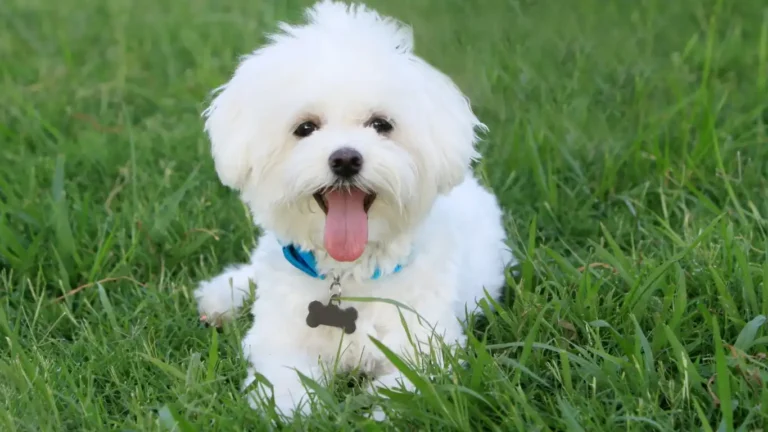How to Safely Introduce a Dog to Water Without Causing Fear
If you’ve ever tried introducing a dog to water and felt like you were preparing for a NASA mission, you’re not alone. How to safely introduce a dog to water is one of those things that seems simple—until you’re facing a stubborn pup who thinks the hose is possessed. As a veterinary technician with a special love for pet nutrition, I’ve had my fair share of wet shoes, soaked scrubs, and slippery dog zoomies. Over the years, I’ve helped countless pet parents ease their dogs into loving (or at least tolerating) water. Let’s chat about what really works—and what to avoid—when your goal is turning your land-loving pooch into a confident swimmer or bath-tolerator.
Why Some Dogs Hate Water in the First Place

Not all dogs are born water babies. In fact, some breeds were never meant to swim. But even within water-loving breeds, every dog is an individual. I’ve seen Golden Retrievers who wouldn’t dip a paw, and Chihuahuas who splash around like they’re part otter. The key is figuring out what’s driving their aversion or anxiety. Is it the noise? The unfamiliar texture? Maybe a bad past experience?
From my clinical experience, dogs who have had negative bath-time experiences early on—especially if they were restrained or forced—tend to associate water with fear. Others just don’t like the sensation of being wet. And honestly, who can blame them?
Common Reasons Dogs Avoid Water:
- Lack of exposure during critical puppy development windows
- Past trauma like slipping in a tub or being sprayed unexpectedly
- Noise sensitivity from rushing water or echoey bathrooms
- Cold water temperature triggering discomfort
- Natural instincts—some dogs just aren’t into it!
How to Safely Introduce a Dog to Water
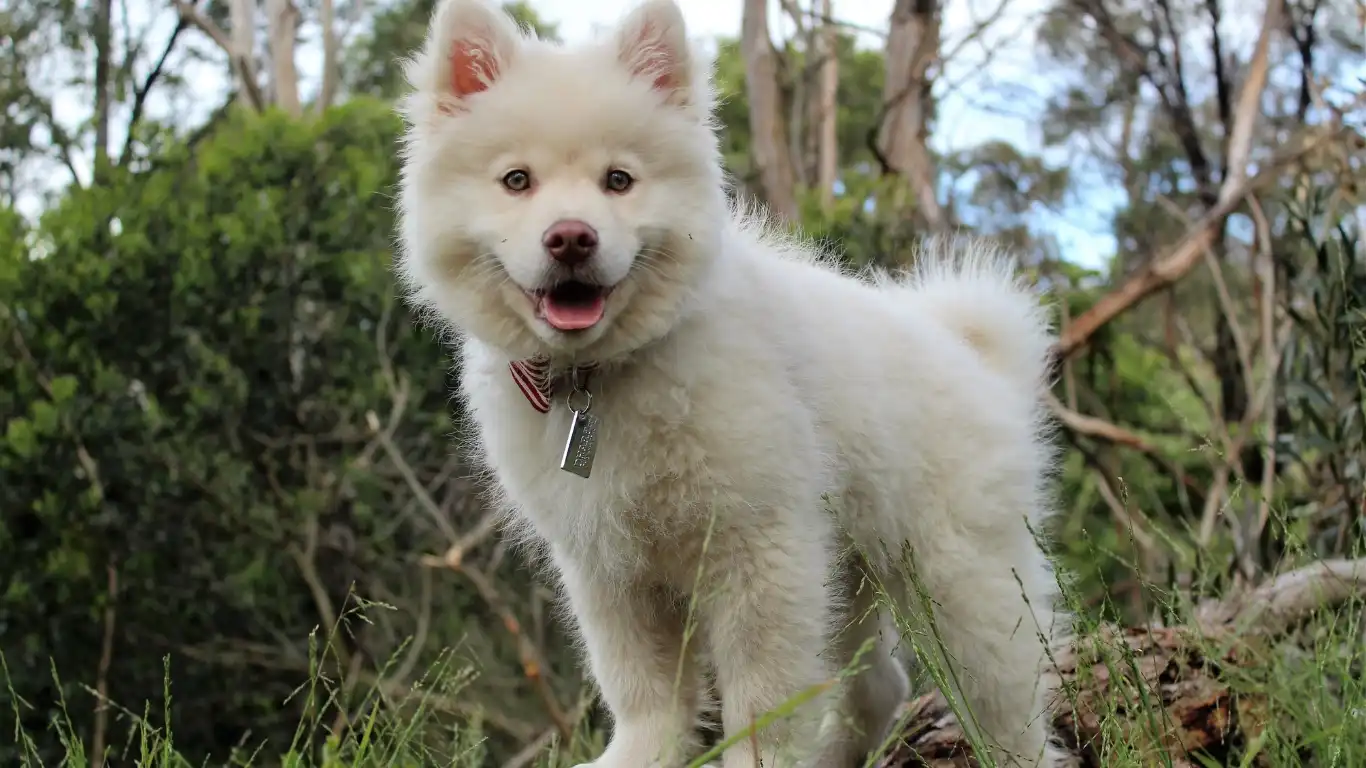
Okay, let’s get into the good stuff. This isn’t about tossing your dog into a lake and hoping for the best. Nope, we’re going slow, gentle, and super positive. Trust is key, especially if your dog’s first aquatic experience wasn’t so great. Whether it’s bath time, pool time, or beach day, the goal is the same: make it a calm, confidence-building experience.
Start with a Dry Run (Literally)
Before water is even in the picture, I like to get dogs familiar with the area. Bring them near the tub, pool, or hose setup without any water involved. Let them sniff around, toss some treats, and use a happy voice. You want them to think, “Hey, this place isn’t so bad.”
Use Treats and Toys Strategically
High-value treats are your best friend here. I’m talking about the good stuff—boiled chicken, cheese cubes, or your pup’s absolute favorite snack. Toss them near the water source. If your dog is super toy-motivated, floating toys or squeaky distractions can also work wonders.
Make It Shallow and Short
Your dog’s first few dips should be in very shallow water—just enough to get their paws wet. A kiddie pool works great for this, or even a bathtub with an inch or two of warm water. Let them step in and out freely. No pressure, no leash tugging. Just lots of praise and patience.
Read Your Dog’s Body Language
This part is huge. If your dog’s tail tucks, ears pin back, or they try to escape, take a step back. Pushing them too hard can set you back weeks. Look for signs of curiosity and comfort before moving forward. Tail wagging, relaxed posture, and exploring on their own terms? That’s a win.
Tips for Keeping It Positive
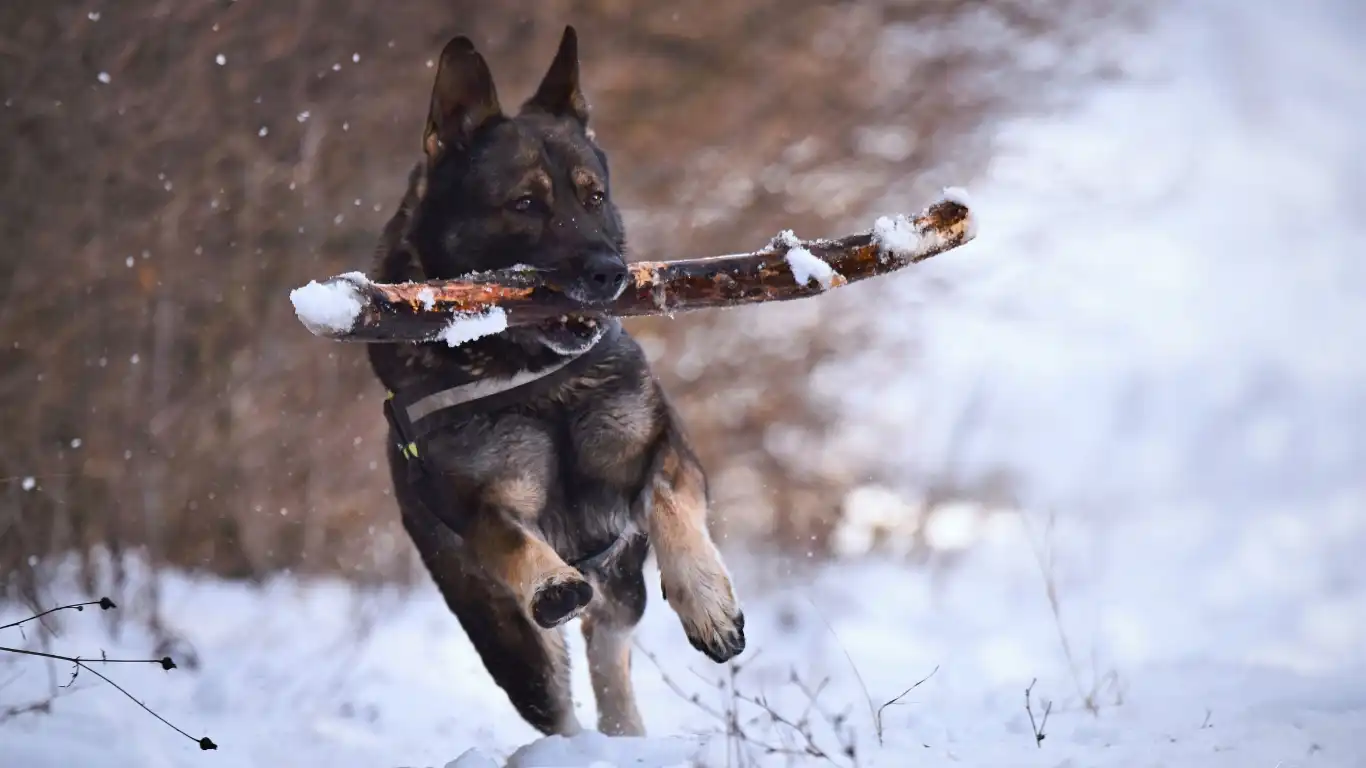
In the clinic, I always remind clients: stay chill. Dogs pick up on our energy more than we think. If you’re tense or rushing, they will be too. Instead, stay calm, laugh off the splashes, and let things unfold slowly. Here’s a few more pointers from years of trial, error, and soggy socks:
- Use a calm, cheerful voice—no shouting or frantic commands
- Keep sessions short—5-10 minutes max to start
- Never force or restrain—let them choose to engage
- Dry off with a cozy towel and reward afterwards
- Stick to a routine so it becomes familiar and less scary
Bath Time vs. Swim Time: Different Waters, Different Rules
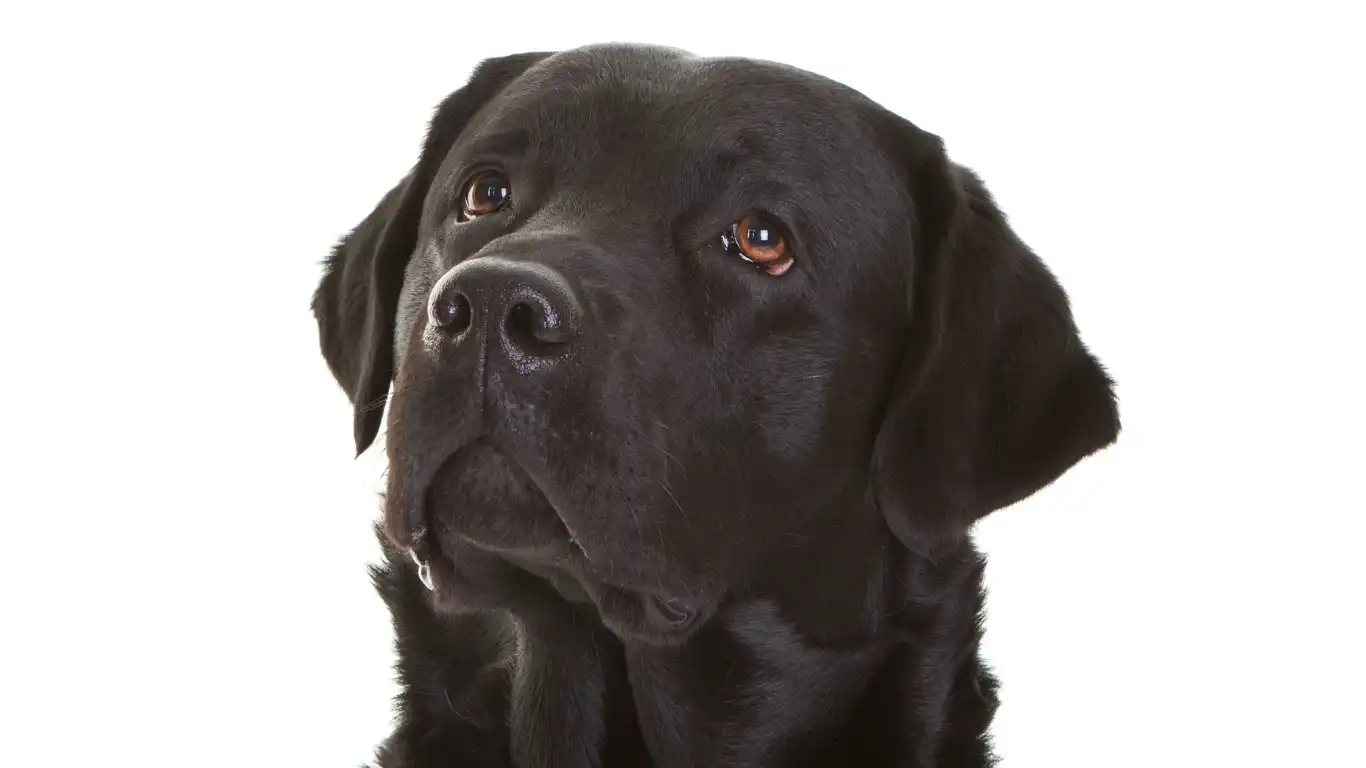
It’s wild how different a bath and a swim feel to dogs. I’ve worked with pups who hate baths but will cannonball into a lake, no hesitation. Others? Total opposite. Baths involve confinement, slippery tubs, and unfamiliar smells. Swimming, on the other hand, feels freeing—especially in natural bodies of water.
When I talk to clients at the clinic, I always explain it like this: your dog isn’t being “difficult,” they’re just reacting to the situation. If your pup loves one but hates the other, don’t sweat it. Just tailor your approach accordingly. Trust me, knowing the difference can save you and your dog a whole lot of frustration—and wet towels.
Tips for Bath Lovers (or Haters)
- Use a non-slip mat so they feel stable in the tub
- Keep water lukewarm—cold or hot water is a fast way to ruin trust
- Stay low stress—use calming voices, maybe even play music
- Try dog-safe peanut butter on the wall to keep them distracted
- Rinse thoroughly—leftover shampoo = itchy skin (and more vet visits)
Building Confidence One Paw at a Time

I remember a sweet senior Beagle named Daisy—she came in for arthritis care, and we recommended hydrotherapy. At first, she trembled just standing near the water treadmill. But we took it slow. First visit? Just sniffed the equipment. Second? We stood in the dry treadmill with her. By the fifth visit, she was padding through the water like a champ—and her joint pain improved, too.
Confidence comes from tiny wins. Let your dog set the pace. One paw in the water might be all they can handle today, and that’s okay. Celebrate those small victories. They add up.
Confidence-Building Tools I Love:
- Floating toys to make water fun, not scary
- Canine life vests—great for smaller breeds or nervous swimmers
- Positive reinforcement every step of the way (yes, bring the good treats)
- Swimming with them—get in the water too, if it’s safe and clean
- Short and sweet sessions that leave them wanting more
Hydration and Nutrition Around Water Time

Here’s a little nutrition nugget from my day job: dogs expend more energy during water play than you might think. Even just standing in a pool, their bodies are working harder to stabilize themselves. Swimming burns calories, and some dogs even forget to hydrate in the excitement of it all.
I always tell my clients to bring fresh water to the beach or park—not just assume your dog will drink from a stream or pool. That water could be full of bacteria or chlorine. Same goes for after baths; offer them a drink afterward to help flush anything they may have licked or absorbed through their skin.
Pro Tips from the Vet Tech Side:
- Offer small meals post-swim—not before, to avoid tummy upset
- Look for signs of fatigue—some dogs won’t stop playing, even if they’re exhausted
- Rinse their coat after natural water exposure to remove bacteria or algae
- Dry ears thoroughly—especially floppy-eared breeds like Labs or Cocker Spaniels
- Supplement with joint support if water activity becomes a regular thing (glucosamine, omega-3s, etc.)
Don’t Forget the Gear: Water Safety Essentials
Let’s talk gear. I’m not one to push pet products unless they’re legit helpful, but in this case? A few good tools can make a massive difference. Whether you’re prepping for a beach day, a kayaking trip, or just splashy backyard fun, having the right items handy makes the whole process safer and smoother.
My Go-To Water Essentials Checklist:
- Life jacket (with a handle—lifesaver, literally!)
- Water shoes for you—so you don’t slip while helping your pup
- Long lead or recall leash for open water adventures
- Dog-friendly sunscreen for pink noses and thin coats
- Portable water bowl and fresh, cool drinking water
I’ve had dog parents say, “He’s a strong swimmer, he doesn’t need a life jacket.” My answer? Maybe not—but if something goes wrong, like sudden fatigue or currents, you’ll wish you had it. Safety isn’t just for beginners.
Common Mistakes to Avoid When Introducing a Dog to Water
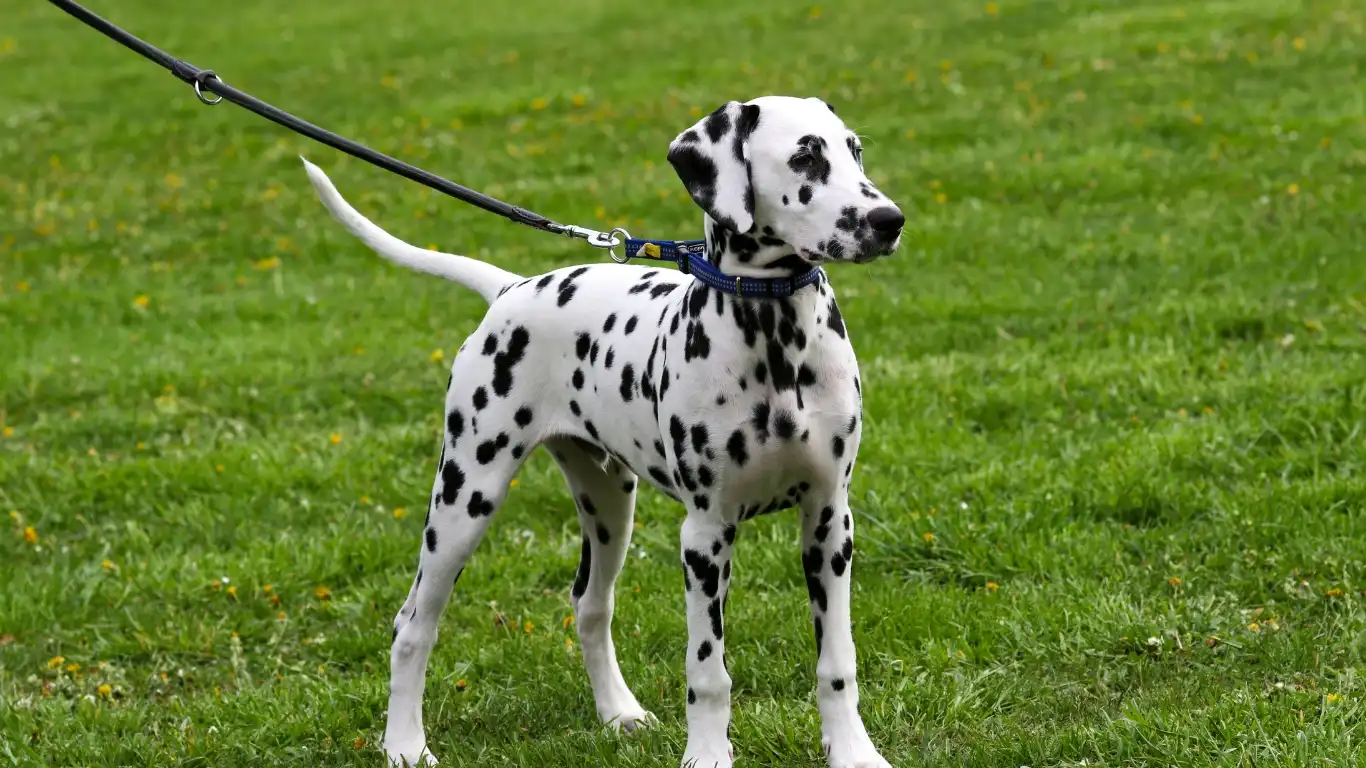
Even the best intentions can go sideways. I’ve seen so many well-meaning pet parents accidentally scare their dogs away from water for good—usually because they moved too fast, or didn’t realize the dog was overwhelmed. Don’t feel bad if you’ve made one of these goofs—we’ve all been there, soaked and defeated.
Big No-No’s to Watch Out For:
- Forcing your dog into the water (even if it’s “just a little splash”)—huge trust breaker
- Skipping warm-ups and diving straight into the deep end—literally and emotionally
- Using cold or high-pressure hoses—that’s not refreshing, it’s shocking
- Ignoring your dog’s stress signals like tail tucks, wide eyes, or backing away
- Not drying off properly—moisture stuck in ears or under the collar can cause skin issues
I once worked with a high-energy Aussie who loved the beach—until someone sprayed him with a jet nozzle to “cool him off.” He refused to go near water for months after. It took lots of gentle reintroduction, play, and trust-building to get him back to his playful self.
Advanced Water Fun: Turning Play into Enrichment

Once your pup is comfortable around water, the real fun begins. Water time isn’t just about cooling off or getting clean—it can be amazing mental and physical enrichment, especially if your dog needs low-impact exercise or just more stimulation than your average walk can provide.
Try These Water-Based Activities:
- Fetch with floating toys in a lake, pool, or even a large tub
- Dock diving—great for high-drive breeds who love to launch!
- Canine paddleboarding (with a life vest and proper training)
- Hydrotherapy for older dogs or pups recovering from surgery—ask your vet about local facilities
- Obstacle courses with sprinklers and shallow kiddie pools for home enrichment
When I used to help facilitate hydrotherapy sessions, some of our most nervous dogs would end up looking forward to their sessions after a few visits. They’d strut in with tails wagging, and some even jumped in before we were ready! It’s all about finding their pace and what makes water feel *fun*, not forced.
Keep It Safe, Keep It Simple
To wrap up this wet and wild ride, remember this: water should always be introduced with patience, positivity, and preparation. Whether you’re working with a water-shy rescue pup or just prepping your energetic Lab for their first kayak trip, your job is to make it feel safe and rewarding.
And honestly? You know your dog best. Lean into that bond. Watch their signals. Celebrate their progress. Even if they never become a surfer-dog Instagram star, just getting comfortable near water is a huge win for their confidence and overall quality of life.
References
- American Veterinary Medical Association (AVMA)
- American Kennel Club (AKC)
- PetMD
- Veterinary Partner
- ASPCA
Disclaimer
This content is for informational purposes only and is not a substitute for professional veterinary advice, diagnosis, or treatment. Always consult your veterinarian or a qualified veterinary professional for guidance specific to your pet’s needs. As a veterinary technician, I provide general insights based on clinical experience, but every dog is unique—what works for one may not work for another.





